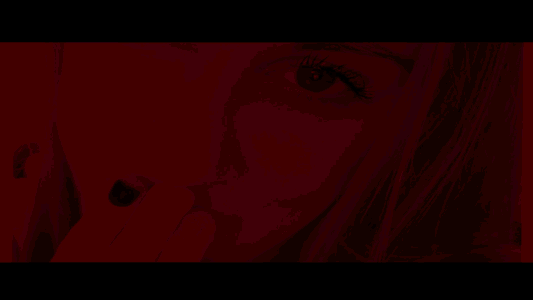
The FBI's Quick Look: 250 Active Shooter Incidents in the United States From 2000 to 2017 uses the bar chart above (Authorization to reproduce granted by the FBI) to show the number of active shooter incidents per year. While it looks like incidents have gone up, psychologically the bar chart does not really convey much of an increase. Now consider this line chart of the same data:

Quite a difference huh? The two graphs above demonstrate that line charts are much better at conveying time series data than bar charts. Why? Because with a bar chart, you tend to see the different bars: in this case, 18 different bars. With the line chart you see one jagged, but generally increasing line. The fact that all of the dots are connected by a line tells you that this data belongs to a series and is being presented in order.
A bar chart is better for comparing the same variable across multiple units when those units do not form a series. For instance, if wanted to compare the number of active shooter incidents by state, having a bar for each state would work well. In this case, we don't want the viewer to infer a time series between the bars: we just want the viewer to be able to compare states. Here is a graph showing the number of incidents by states for 2016-2017:

The bar chart is appropriate here, because we don't want to mislead the user into thinking that this is a trend line.
We can help the viewer even more by sorting the bar chart from high to low:

Now it is much easier to identify which states had more incidents, but even though we see the decreasing pattern, the separate bars don't make us assume that this is some kind of time series.
In the same report the FBI presents the state-based data for 2016-2017 using this map:

It's reasonable to use a map for this data. Unfortunately, the FBI used the wrong color palette to convey the number of incidents per state. Their palette uses distinct hues to encode different numbers of incidents. Instead, they should have used a gradient color scheme, such as the one I use here:

Here the scale ranges from light (representing 1 incident) to dark (representing 6 incidents). When a color is placed against a light background your perceptual system naturally translates lighter to less and darker to more, so this gradient color scheme matches the data it encodes. Instead of moving your eyes back and forth between the map and color legend, as with the FBI's graph, the gradient color palette immediately conveys a sense of the difference in quantities between the states.
An interactive, downloadable Tableau Public workbook containing these visualizations is available on my Tableau Public site.
Todd
All images in this post not attributed to a source are the creation of the author

Congratulations! This post has been upvoted from the communal account, @minnowsupport, by toddrjohnson from the Minnow Support Project. It's a witness project run by aggroed, ausbitbank, teamsteem, theprophet0, someguy123, neoxian, followbtcnews, and netuoso. The goal is to help Steemit grow by supporting Minnows. Please find us at the Peace, Abundance, and Liberty Network (PALnet) Discord Channel. It's a completely public and open space to all members of the Steemit community who voluntarily choose to be there.
If you would like to delegate to the Minnow Support Project you can do so by clicking on the following links: 50SP, 100SP, 250SP, 500SP, 1000SP, 5000SP.
Be sure to leave at least 50SP undelegated on your account.
Downvoting a post can decrease pending rewards and make it less visible. Common reasons:
Submit